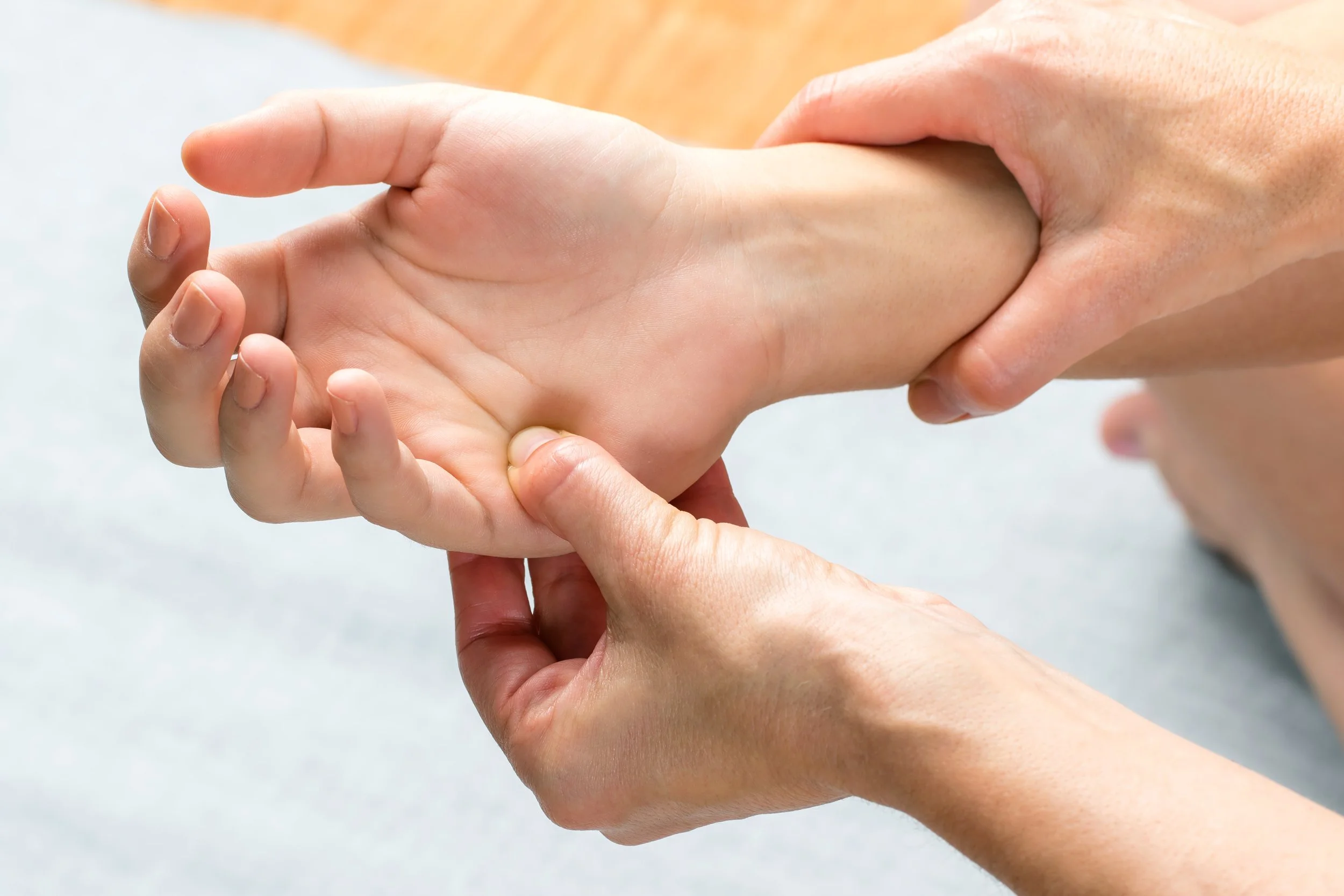
About Integrative Kinesiology
An Overview
Integrative Kinesiology is a natural healing technique - a holistic approach to health and wellness. It integrates a psychological approach to your health concerns with the principles of traditional kinesiology and the idea that energy flows throughout the body and affects physical, emotional, and spiritual well-being. It aims to identify and resolve stress, imbalances or blockages in the energy flow, which can manifest as physical or emotional symptoms.
Since deeply rooted problems usually manifest themselves in a completely different place, for example, through pain, insomnia, mental issues or allergies, it makes sense to look for the root cause of a health problem and not just to treat the obvious superficial symptoms.
What’s the difference?
Integrative Kinesiology training is distinctly different from Kinesiology as it is practiced in Canada. In Canada, it is defined as the mechanics of body movement. In contrast, Integrative Kinesiology is based on Chinese medicine, supplemented with the knowledge of Western medicine, psychology and other sciences.
The professional title of Kinesiologist is defined differently in Canada than in Switzerland where I received my training. Here it refers to the optimal posture and movement training for everyday life, work and sports and practitioners are registered by the College of Kinesiologists of Ontario. It’s important to understand that I’m not a registered kinesiologist in this way.
How it works
In Integrative Kinesiology, I use muscle testing, also known as Applied Kinesiology or Touch for Health, to identify areas of stress or imbalance in the body related to your health concerns. I apply gentle pressure to specific muscle movements while asking you to resist the pressure. If the muscle unlocks or gives way, it is considered a sign of stress or an imbalance in the corresponding energy pathway.
I then use a balancing method and a combination of various techniques, such as acupressure, meridian work, chakra balancing and much more to restore balance to your body’s energy flow. If the stress related to your health concerns is managed and your various energy systems are working properly again, your health condition can improve; your pain may be gone, you are sleeping better, your mental health is much better, or you may find you learn things much more easily. The positive results are sometimes astonishing.
How can Integrative Kinesiology help you?
Integrative Kinesiology is often used as a complementary therapy to conventional medicine, and it can be applied to a wide range of conditions. It is a non-invasive, gentle approach relying on a combination of healing methods that can help individuals achieve better overall health.
You may seek Integrative Kinesiology treatment for:
Pain and discomfort (such as after accidents), movement restrictions, signs of exhaustion and stress, concentration, decision and motivation problems, learning and mental blockades, sadness, anger and fears, allergies, intolerances and skin problems, a "weak" immune system, sleep disturbances, psychological complaints, addictions and compulsions.
Helping you find balance
Ultimately, the goal of Integrative Kinesiology is to detect energy imbalances with the help of muscle testing and then balance them with various IK techniques. In this way, the body returns to balance and energy can flow freely again. This is observed by physical, mental and spiritual well-being.
Performing an assessment on a client
Client Feedback
When I started practicing Integrative Kinesiology, I thought hard about the best way to explain it. I might start with a question: “Have you heard of acupuncture?” If a client said yes, I continued: “Integrative Kinesiology is based on a similar wisdom to acupuncture, but I work without needles. It is based on Eastern ‘energetic’ systems of care combined with Western knowledge of anatomy, physiology, psychology, and pedagogy.“
Here are some client responses after treatment…
“I don’t know what you do and I don’t know to explain it either. “
They also say: “I don’t know how you do it, but it‘s like magic!”
OR “I try to tell my friends, but I can’t explain it.”
And… “ It makes me feel good and I think my friends should come to see you–to experience it for themselves!”






